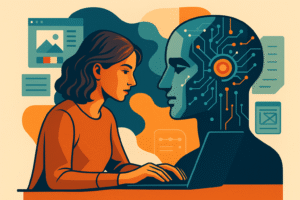
How Artificial Intelligence Is Revolutionizing the World of Design in 2025
Technology continues to advance at an astonishing pace, and along this path of transformation, design has become one of the most impacted fields. For years, creative processes were considered exclusively human, but that perception has changed dramatically. In 2025, artificial intelligence has established itself as an essential tool in the creative space not just as technical support, but as a true engine of innovation.
Today, design is no longer just about mastering tools like Photoshop or Illustrator. It’s about learning how to collaborate with intelligent algorithms that propose, analyze, and execute. From generating an image in seconds to designing user experiences tailored to real-time data, AI is involved in every stage of the creative process. Below, we explore how this revolution is reshaping the way we design across various disciplines.
Graphic Design with AI: From Blank Canvas to Algorithm
For decades, graphic design has been a craft that blends technical skill, experience, and visual sensitivity. The process traditionally began with a blank page, evolved through sketching, ideation, and several rounds of refinement, and ended in a carefully polished visual piece. Today, artificial intelligence has transformed this workflow by enabling designers to start from a much more advanced point.
Thanks to tools like Adobe Firefly, Midjourney, or Canva AI, designers can now create illustrations, visual compositions, and commercial designs simply by writing an idea or textual prompt. These platforms generate results in seconds, offering dozens of initial versions that can be refined further. This has radically changed how creatives approach a project, freeing them from repetitive tasks and allowing them to focus on concept development and strategy.
In addition, AI-powered features like automatic color correction, background removal, and smart resizing have significantly reduced delivery times. Instead of spending hours adjusting technical details, designers can now focus on visual storytelling, aesthetic coherence, and emotional messaging. In this new landscape, creativity doesn’t disappear it gets amplified.
User Experience and UI Design Powered by AI
User interface and user experience design rely heavily on understanding human behavior. Knowing how users navigate, where they click, or why they drop off is essential for building successful digital products. Here, artificial intelligence has become a vital ally, analyzing large volumes of real-time data to optimize every visual and interactive element.
Tools like Figma AI and Uizard are reshaping the way digital products are designed. There’s no longer a need to start with a blank screen. A designer can write something like “simple login screen with a registration option and a large sign-in button,” and the system will automatically generate a functional prototype ready for quick adjustments. This has drastically reduced ideation time and made collaboration between designers, developers, and product teams more fluid.
Moreover, AI offers design suggestions for navigation, visual hierarchy, readability, and accessibility. It can detect friction points in user journeys, recommend alternatives, and simulate how different user profiles would interact with the product. The result: interfaces that are more intuitive, efficient, and empathetic—not only aesthetically pleasing but deeply user-centered.
Automated, Scalable Branding
Building a brand identity used to be a long, iterative process involving multiple discovery sessions, visual explorations, and revisions before reaching a final result. However, with AI-powered tools like Looka and Brandmark, this process has become significantly faster without losing visual consistency.
Today, anyone can generate a solid brand identity logo, color palette, typography, and brand assets in just a few minutes. All it takes is entering the project name, a few descriptive keywords, and a short summary of the brand’s personality or industry. The system analyzes these inputs and suggests visual identities aligned with the brand values, often including ready-to-use brand guidelines.
While these tools don’t replace the strategic depth and nuance of an experienced designer, they are extremely useful for early-stage projects, prototypes, startups, or rapid rebranding efforts. What’s more, they’re increasingly incorporating psychological, cultural, and emotional considerations into their algorithms, delivering results that are not only appealing but also strategically effective.
Generative Design: When Algorithms Create Freely
Generative design is one of the most advanced forms of human-machine collaboration in the creative field. Instead of producing a single visual solution, the designer sets rules or parameters, and the algorithm explores all possible combinations. This approach is transforming industries such as architecture, fashion, product design, and even contemporary art.
Renowned firms like Zaha Hadid Architects use generative systems to develop organic forms, parametric structures, and adaptive architectural solutions that would be nearly impossible to conceive manually. Artificial intelligence explores endless variations, optimizes material use, and proposes innovative geometries that expand the visual language of design.
What’s most remarkable is that the designer is no longer just an executor, but a guide and curator of results. They define the creative limits, evaluate outcomes, and give meaning to the final product. In this context, design becomes a continuous dialogue between human intuition and computational exploration.
The Designer’s New Role: Guide, Strategist, and Curator
Far from being replaced, the designer’s role has evolved. In this new era, creative professionals no longer spend the majority of their time on repetitive production tasks. Instead, they lead the vision, make strategic decisions, and direct the creative process with greater precision.
Modern designers work alongside AI models as creative directors, curating generated ideas, refining visual styles, selecting aesthetics, and validating outcomes based on brand goals, user needs, and business strategy. This transformation demands new skills: understanding how AI models work, mastering prompt language, and most importantly retaining the human touch that machines still lack.
This new profile is more analytical, interdisciplinary, and collaborative. They know the fundamentals of design but also understand systems thinking, user psychology, and data interpretation. They are creators who embrace technology not as a threat but as a powerful partner to multiply their impact.
Designing with AI Means Designing with Greater Possibilities
The future of design is not about replacing human creativity it’s about expanding it. Artificial intelligence introduces a new dimension to the designer’s toolkit, unlocking ideas and solutions that were previously out of reach due to time or resource constraints.
In 2025, designing with AI is no longer just a cutting-edge option it’s a strategic necessity for those who want to remain relevant. The tools are here and accessible, but the true value still lies in the critical eye, intuition, and storytelling ability that only humans bring.
Because at the end of the day, AI can generate shapes, but design as both art and language remains deeply human.
